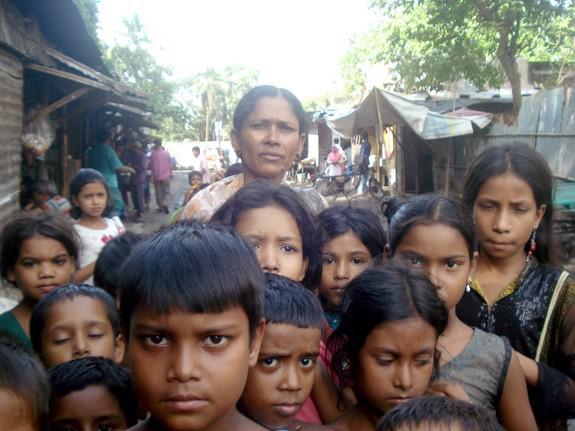


In the early hours of dawn, more than 600,000 children will wake in Bangladesh to tread its beaten streets. Some will wake in the bed of a stranger. Others in search of something: food, money, plastic bottles to collect. A rickshaw in need of pulling.
When it comes to street children in Bangladesh, it’s easily assumed that material poverty compels children to leave their homes and take to the streets: in hopes of earning a living and supporting the family that they leave behind. Many of them do exactly that: the stress of economic poverty serves as a push factor for children to leave their villages and their families as a means of survival. However, more often than not, economic factors are a secondary reason for many of the children who leave in a desperate search of a home away from home. Social Researcher and author of “Escaping Violence, Seeking Freedom: Why Children In Bangladesh Migrate To The Street“, Alessandro Concticin found that there are a significant number of children from non-poor backgrounds who make the decision to leave their homes.
Image Source: http://www.earlb.com/blog/2010/06/dhaka-street-life-children/
Poverty alone does not explain why only a small portion of the total children living below the poverty line are street children. If economic reasons were the only factor then more street children would presumably be from districts that are the most disadvantaged, but that is not the case. The reason why many children end up on the streets of Dhaka, putting themselves at all forms of risk, is more than poverty and empty pockets. Many interviews with street children conducted by Restless Beings have shown children expressing a deep-seated fear and distrust of adults, stemming from physical abuse faced in early childhood.
“My father is a fisherman and whenever I would refuse to go fishing with him, my father would beat me up. I decided to run away. Now I work as a porter and a beggar at Kamalapur station” says Alamin, a 7-year old street child who works in Kamlapur Station, Dhaka.
In his research on street children, Concticini placed emphasis on this particular reason: children running away and toward the freedom and emancipation found in the city streets of Bangladesh. The streets offer more than money: they offer an escape and a sense of belonging and acceptance as children set off to be with others just like them. Of course, that’s not exactly what lies in wait for them. Away from home, street children will experience further abuse and alienation at the hands of the general public and policemen.
Though there have been acts and policies put into place in Bangladesh to protect the rights of children, the number of street children is only increasing rapidly. A deeper issue needs to be addressed. Instead of focusing on policies to reduce street migration, there should also be a focus on reducing the abuse of and violence against children. There is definitely a need to alleviate financial distress through aid, education and material support, but the truth of the matter is that the status of children remains deeply rooted in negative social beliefs and attitudes towards children. There is a gap between policies and its implementation in society; more awareness needs to be raised about the importance children to be treated as respected members of society.